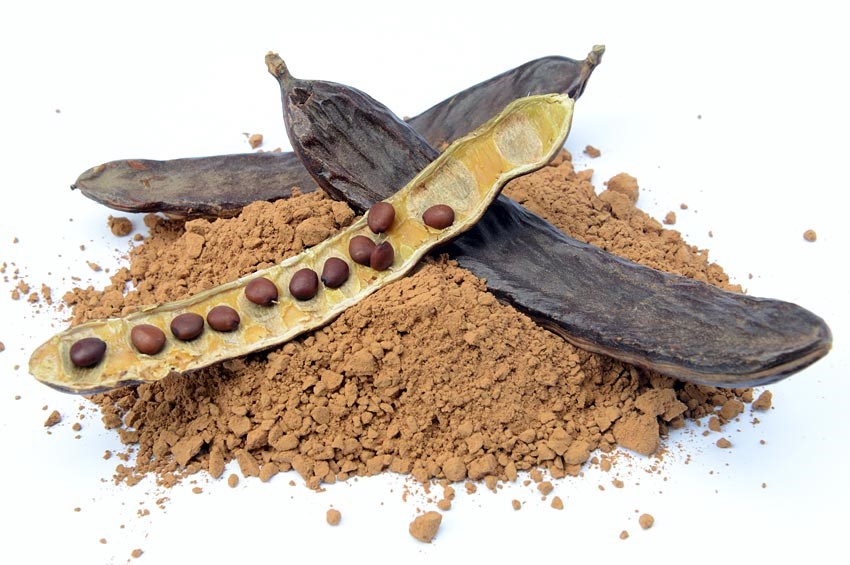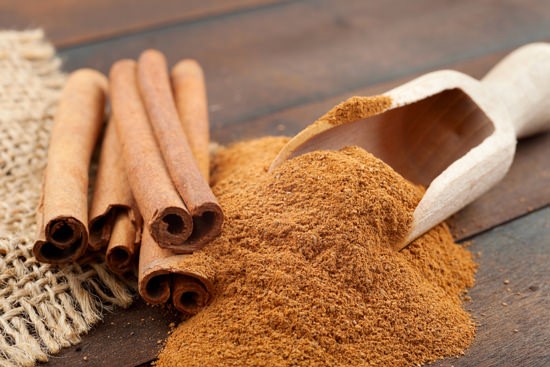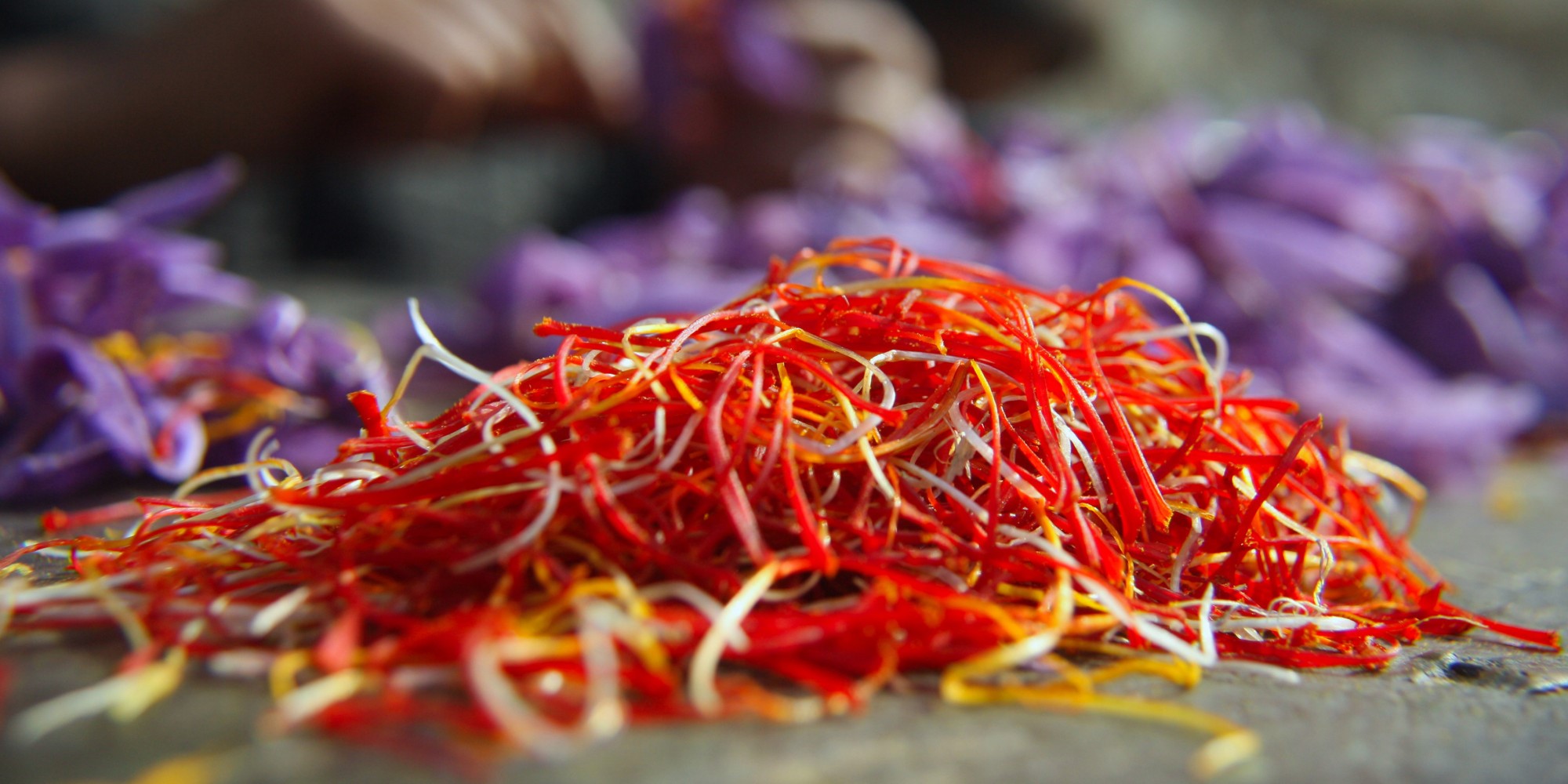By Veronica De Lira, ASU Nutritionist Student
Get to Know Cardamom

I love spices! And, it’s fun to learn about them. First up is Cardamom. One, Cardamom, a nutrient-filled spice you may not have heard of, is not your average frequently-used spice, such as table salt or pepper. But, this spice packs plenty of flavor and should definitely become a staple in your spice rack.
A Bit of Background
Cardamom is a spice that has been used for more than 4000 years — helping to make it one of the oldest spices in use. Cardamom use varies from cooking to medicine. According to bespokespices.com, it was all the way back in 1500 BC, that the Egyptian people were using cardamom for medicine and rituals, not to mention people also considered cardamom as a good home remedy for cleaning teeth, as it gives one fresher breath.
Egyptians, however, weren’t the only group to use Cardamom for hygiene, it was used in perfumes and oil’s by the Greeks and Romans. “Cardamom is originally from India but recently Guatemala became the main manufacturer, it is so popular it’s in higher demand than coffee in some areas”.
Cardamom is a “member of the ginger family, and an essential spice for Indian and Middle Eastern meals.”
Health Benefits and Characteristics
Cardamom can be extremely beneficial to one’s health due to its nutritional nature, it is used in many medicine-related cases due to its remedial nature.
According to organicfacts.net, “The spice cardamom can help control disorders and serves in other health remedies, it helps control your cholesterol, fight cancer, improves blood circulation, aids in digestion, and urinary tract infections”.
According to nutrition-and-you.com, “cardamom has a good amount of minerals such as potassium, calcium, and magnesium. Essential vitamins like riboflavin, vitamin- C, and niacin are also found in cardamom.”
Some Characteristics
- Typically comes in a whole seed.
- A popular ingredient in Indian dishes.
- Can be grown in a garden.
- Comes in a variety of forms.
- There are three forms of cardamom: white, black, and green.
- Sometimes you may see “Cardamom,” also called “Cardamon.”
- Since it’s a versatile spice, it can be used in many dishes.
How Do I Cook Cardamom?
Cardamom cooking is simple. It might be overwhelming on your recipes, but fear not it’s like any other spice. It is to be noted however that cardamom can be expensive at some stores, but it is worth the purchase since the spice goes a long way, making it worth the additional cost. Plus, cardamom is useful when combined with so many of your favorite dishes. Here is a breakdown of how to cook cardamom:
Step 1: Take your whole or ground cardamom and heat it, you can sauté style or fry it. This allows you to get the most flavor out of the spice.
Step 2: Add spice to you dish.
Side note
If you can find Cardamom as whole seeds that is the best choice as it has the most flavor. They also sell powder Cardamom that which is less hassle plus allows you to try it in more dishes.
What Can I Use Cardamom For?
Cardamom has a strong taste and packs a punch, adding a lot of flavor to meals, which makes sense why very small amounts of cardamom are used in dishes. Cardamom is a staple in Indian dishes but it can be used in a variety of dishes and recipes such as:
- Cakes
- Rice Pudding
- Tea
- Rice
- Pasta Sauce
- Dressing
- Pastries
- Oatmeal
- Roasted vegetables
- Potato salad
- Fruit salads
Recipe to Try:
Here is a great easy recipe for dessert from the Huffingtonpost.com by Anna Brones to try out cardamom.
Cardamom Cake:
Ingredients:
- 2 cups flour
- 3 teaspoons ground cardamom
- 1 tablespoon baking powder
- 1/2 cup sugar
- 7 tablespoons butter
- 1 egg
- 1 cup milk
Instructions:
-Mix dry ingredients in a bowl. Add in butter with your fingers and mix until a crumbly consistency.
-Add in egg and milk and mix until a batter consistency.
-Pour into a greased 9.5-inch circular baking pan. If you want to, sprinkle with sliced almonds or orange zest.
-Bake at 400 F for about 30 minutes.
References
Picture Reference
“Cardamom Spice | Culinary Uses and Health Benefits of the Queen Of Spices!” BespokeSpices.com. Web. 24 Sept. 2015. http://www.bespokespices.com/cardamom-spice.html
Get to Know Carob
Imagine a spice that can take the place of chocolate in recipes. Well, let me introduce you to Carob a spice that has been used for years in cooking. Plus, carob is another fantastic, nutrient-rich spice.

Background
Also known as John’s Bread and Locust, carob has been used in cooking since ancient Greek and Egyptian times where they found the plant and seeds as beneficial. Carob actually withstood the “last ice age”. You can attribute its ability to withhold the ice age to its adaptability, capabilities to any conditions, which is why it is considered a reliable source for food and fuel.
Health Benefits and Characteristics
According to carobana.com.au, carob is loaded with “nutritional values such as Magnesium, Calcium, Iron, Potassium, Vitamins A, B, and D among others, it is beneficial in treating diarrhea and coughs”1 Carob is also good for :
- Lowers blood cholesterol levels
- Is a natural antioxidant
- High in calcium
- Cancer preventer
- Aids in diabetes management
- Aids in digestion
- Aids in heart health
- Aids in Weight loss
How Do I Cook With Carob?
When you cook with carob it is often as a substitute for chocolate. Many people tend to use it due to the fact that Carob is a good alternative if you’re looking for caffeine free or in most cases sugar-free. Based on taste preferences you could use Carob in some of your favorite recipes as a substitute. However, you may have to make some ratio changes depending on personal preferences.
What Can I Use Carob For?
When using carob it is perfect for substituting in cooking. For example, if you are making chocolate chip brownies you could use the carob chips instead of chocolate chips. However if you’re looking for your substitute to maintain chocolate flavoring than carob won’t help because carob and chocolate do not taste alike so your final food item will taste different.
- Chocolate chip cookies
- Brownies
- Chocolate Cake
- Pudding
- Cheesecake
- Cocoa
Recipe to Try:
Here is a great recipe for carob brownies to give a try from foodnetwork.com.
Ingredients
2 cups whole-wheat flour
1/3 -cup carob powder
2 tsp. baking powder
1/3 -cup honey
1/2 -cup unsweetened applesauce
1 tsp. vanilla extract
1-cup water
1/4 -cup chopped nuts (optional)
Directions
In a large mixing bowl, combine flour, Carob powder and baking powder. In a separate bowl, thoroughly mix remaining ingredients except nuts. Add dry ingredients to wet ingredients and mix well. Stir in nuts if using. Pour batter into a nonstick or lightly oiled 8-inch square-baking dish. Bake at 350F for 35 minutes.
Fun Facts
- Carob can be used for pet food.
- Carob is actually part of the pea family.
- Carob also goes by the name St. John’s Bread.
- Like turmeric due to its long life, carob is constantly being researched to study the health benefits.
- You can grow your own Carob.
References:
Photo credit:
“Carob Flour and Powder Conversion Calculator.” Carob Converter. Web. 27 Sept. 2015. http://www.traditionaloven.com/conversions_of_measures/carob-powder-flour-converter.html
Get to Know Cinnamon
Cinnamon is one of the most commonly used spices across a variety of recipes especially once we get close to holiday time. We come across it every day, yet never think of the health benefits it has to offer. It is actually a super food. With all the helpful health benefits this spice carries let’s learn a little more about cinnamon.

Some Background
The first use of cinnamon dates back to 2800 BC where it was found in Chinese writings known as “kwai” and praised for its medicinal properties, often celebrated for its flu and digestive-system healing capabilities.
According to huffingtonpost.com, cinnamon originally comes from Sri Lanka. People used cinnamon for medicinal purposes so frequently it became “one of the world’s most important medicinal spices,”
Cinnamon is frequently the go-to spice for not only medicinal and cooking purposes but also other important rituals.
Health Benefits and Characteristics
The following are research-based health benefits of cinnamon, which demonstrates why it is so highly used.
- Powerful medicinal properties
- Cinnamon is an antioxidant
- Properties for anti-inflammatory
- Helps cut the risk of heart disease
- Helps lower blood sugar
- Helps promote brain function
- Cancer fighter
There has been some significant and very promising research in cinnamon for medicinal properties just recently as it pertains to diabetes.
What Can I Use Cinnamon For?
Cinnamon is such a versatile spice that it can be used as an addition to many recipes for a little flavor. Here are some items that cinnamon can be added to or that you might not realize already include cinnamon:
- Rice Pudding
- Bananas Foster
- Oatmeal
- Bread
- French Toast
- Cinnamon Rolls
- Tea
- Coffee
- Bread Pudding
- Waffles
- Pancakes
- Muffins
- Cream of Wheat
Go to Fill Your Plate for some recipes with cinnamon.
Get to Know Saffron
Saffron is such a unique spice and full of flavor, but unfortunately so rarely used.

Some Background
If you have ever seen saffron you know what it looks like but if not the picture above will help. Native of Southern Europe, Saffron are thin threadlike strands that come in bundles like the one above.
Where the strands come from is the best part. According to huffingtonpost.com, saffron comes from crocus which is a flower. The saffron is the thin strands in between, unfortunately not every strand can be used for saffron as some may be poisonous. Saffron is so special that in medieval times there was actually a punishment for messing with the saffron flower.
Saffron is Not Cheap?
If you remember economics class, you’ll recall the professor discussion supply and demand. If the supply is tight or small, you’ll pay higher prices for something. That’s saffron’s story.
The price of saffron has everything to do with how it’s grown. Saffron is harvested during the autumn season. It takes roughly 72,000 flowers to make one pound of saffron. Did I mention the spice is handpicked?
Health Benefits and Characteristics
Like most spices, Saffron is also known for its medicinal properties.
- Antioxidant
- Disease preventing
- Health promoting
- Protects the body from cancers, stress, and infections
- Rich in calcium, potassium, iron to name a few
- Rich in vitamin- C and Vitamin A
- Vibrant golden yellow
- Long shelf life
- Be on the lookout for fake saffron if it’s too red that is a warning sign.
Although saffron has many good properties to it, saffron may actually be harmful in some cases and is not recommended for certain diets.
If you do use Saffron you can incorporate it into plenty of dishes to add flavor. Here are some examples you can incorporate Saffron with:
- Tea
- Rice
- Paella
- Soups
- Chicken
Try out some of Fill Your Plate’s recipes to test if saffron would be a good spice choice for the dish!

